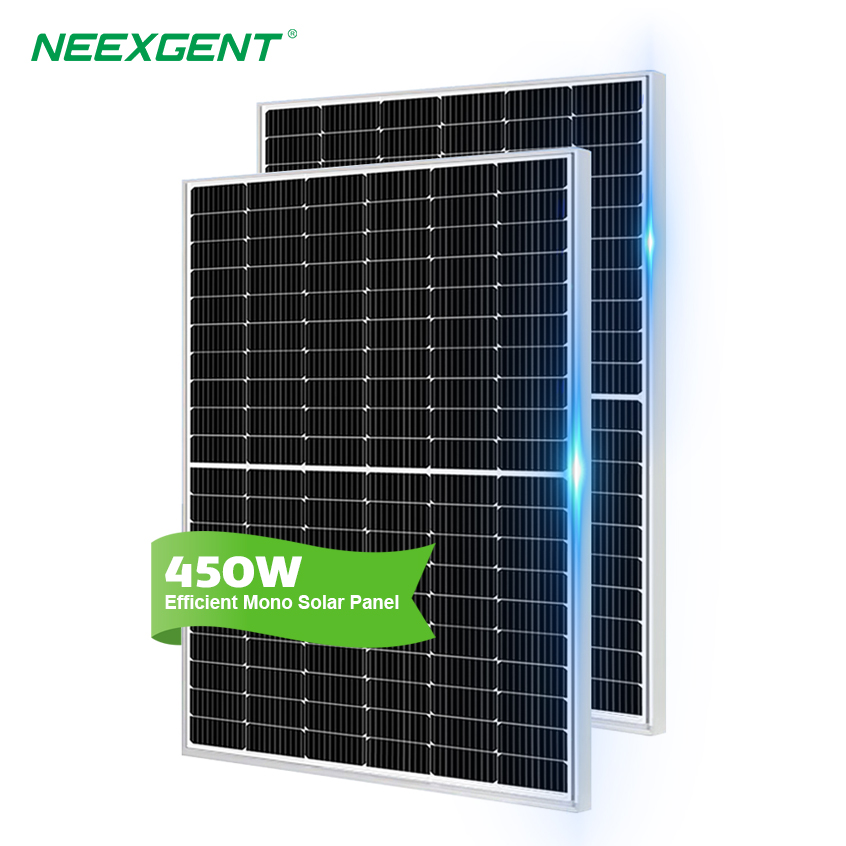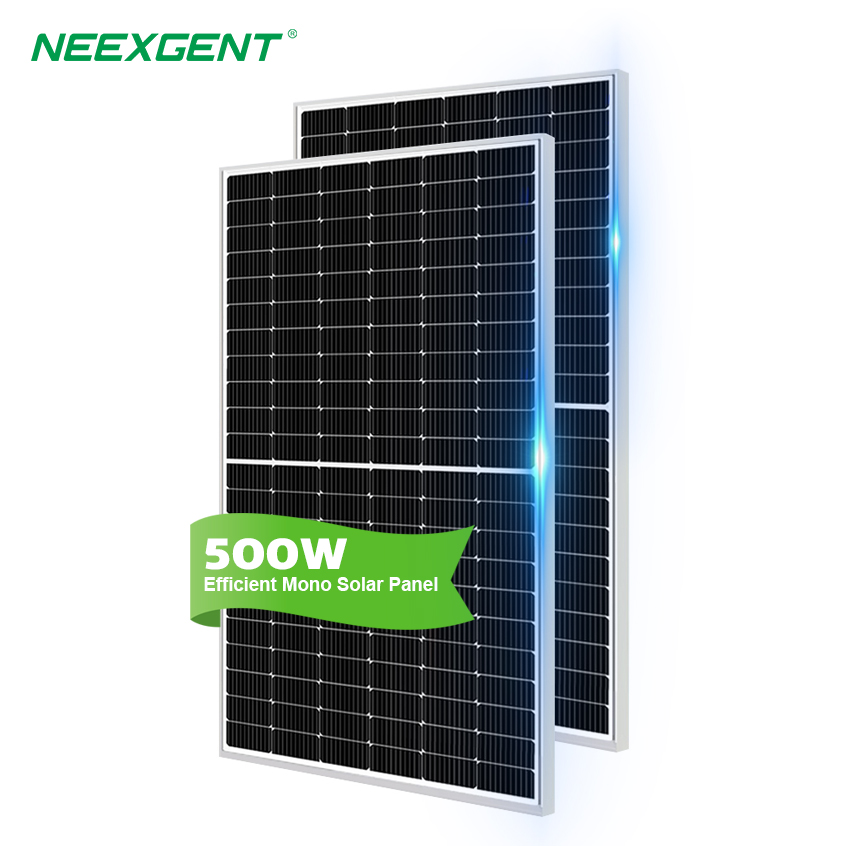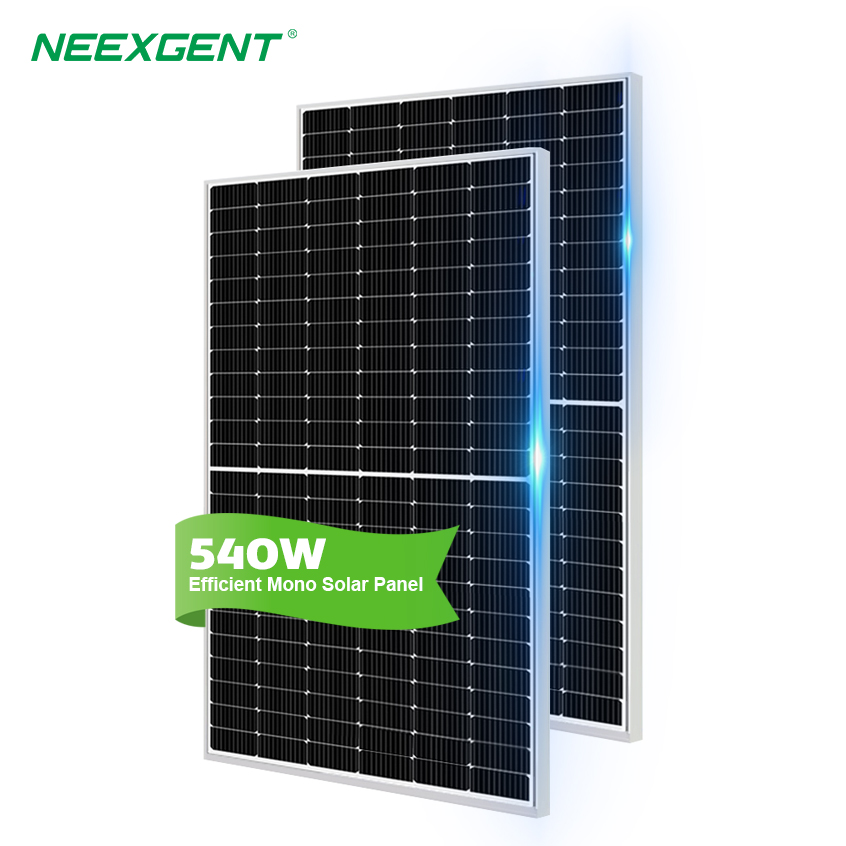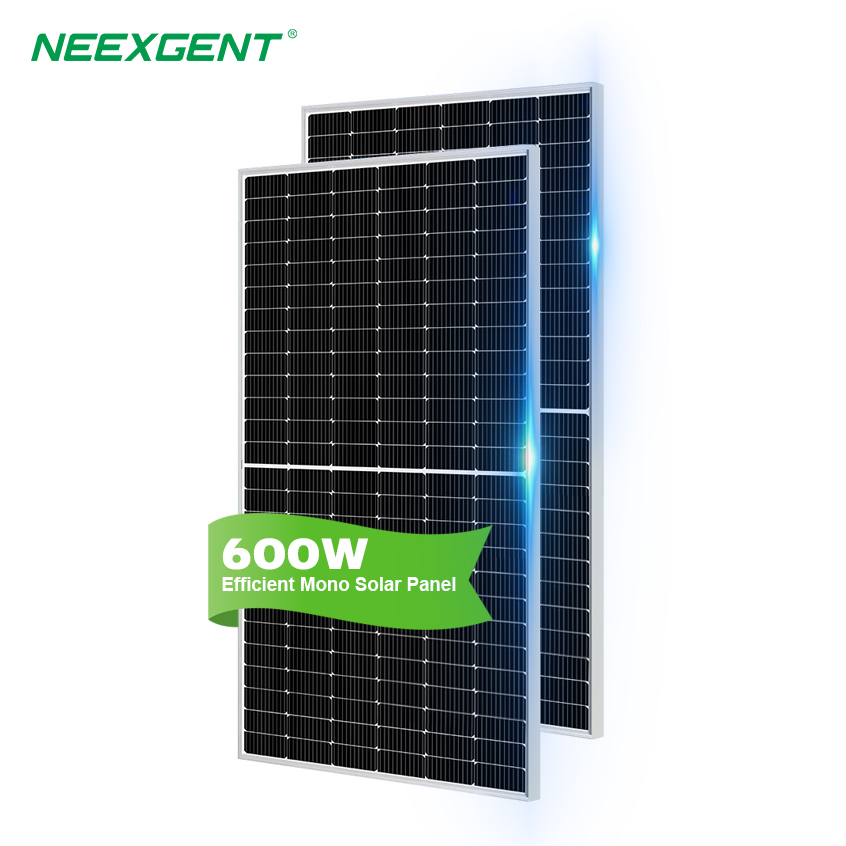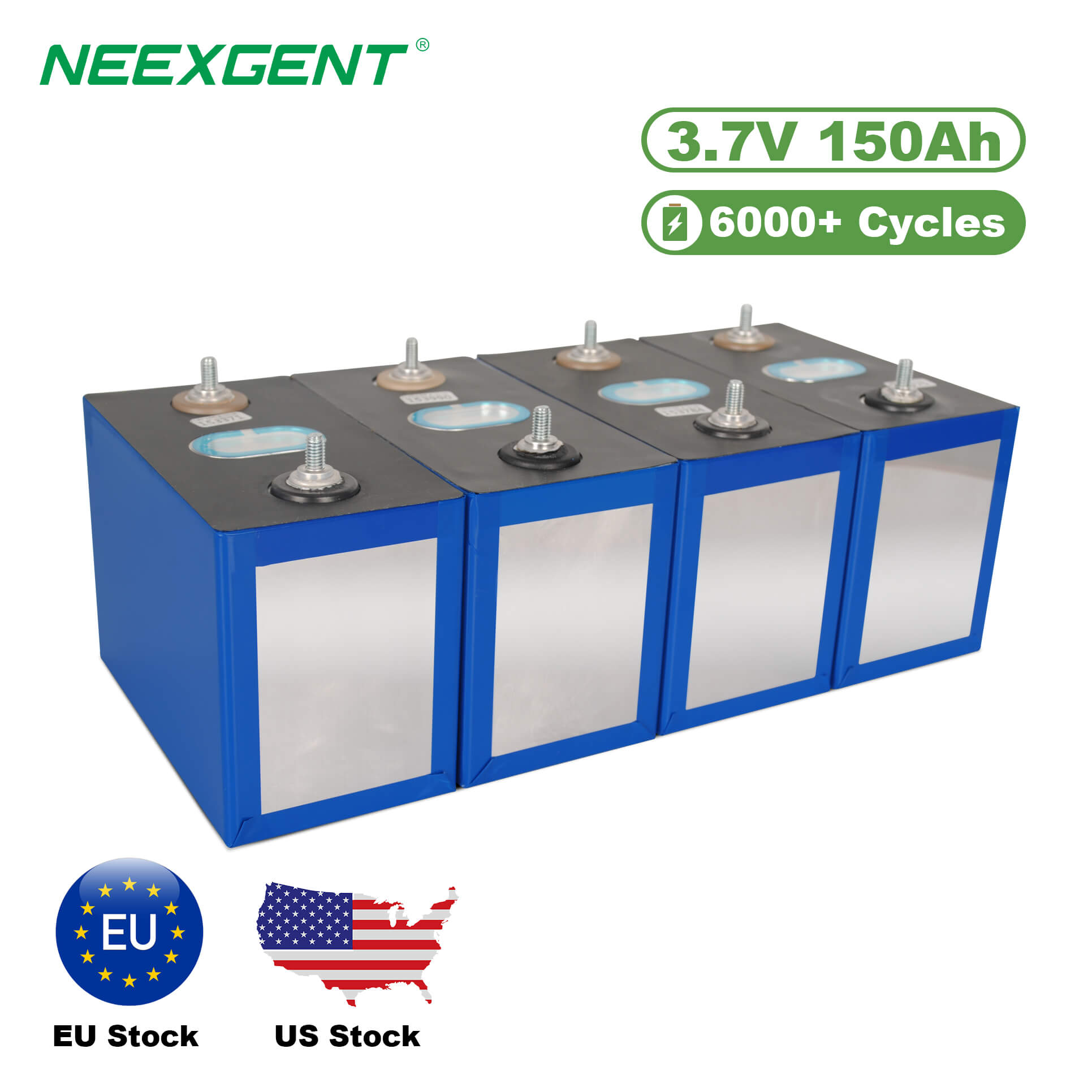Maintaining the efficiency of solar panels requires regular cleaning, especially in areas with dust, pollen, bird droppings, or industrial pollutants. A high-quality solar panel cleaning brush ensures proper maintenance without causing damage to the panels. Here’s a detailed guide on selecting the best brush in 2025.

1. Key Factors to Consider
1.1 Brush Material
The brush material is crucial to avoid scratches on the glass surface of the solar panel. The best options include:
-
Soft Nylon Bristles – Gentle on panels, ideal for delicate cleaning.
-
Microfiber Brushes – Highly absorbent, effective in lifting dirt without scratching.
-
Sponge-Based Brushes – Useful for water-based cleaning with minimal abrasion.
Relevant Information: The Role of Bristle Quality in Solar Panel Cleaning Brush
1.2 Brush Size and Shape
Different panel layouts require different brush sizes and shapes:
-
Flat Brushes – Suitable for large panels with uniform surfaces.
-
Curved Brushes – Help clean edges and corners effectively.
-
Rotary Brushes – Useful for automated cleaning systems.
1.3 Manual vs. Automated Brushes
-
Manual Brushes – Cost-effective and simple but require more effort.
-
Electric or Rotating Brushes – Reduce labor and provide more thorough cleaning.
-
Water-Fed Brushes – Feature built-in water jets for efficient dirt removal.
Relevant Information: The 2025 Solar Panel Cleaning Brush
2. Features to Look for in 2025
2.1 Telescopic Handle
For rooftop solar panels, a telescopic handle is essential. It should be:
-
Lightweight (preferably aluminum or carbon fiber)
-
Adjustable (extendable up to 5 meters)
-
Ergonomic Grip for comfortable handling
2.2 Compatibility with Cleaning Solutions
Ensure the brush is compatible with eco-friendly detergents or deionized water systems to avoid damaging the panels.
Relevant Information: Optimal Solar Panel Cleaning Solution
2.3 Durability and Build Quality
Invest in a high-quality brush with:
-
Corrosion-resistant materials
-
Replaceable bristle heads
-
A sturdy joint mechanism to withstand frequent use
3. Comparison Table
Best Solar Panel Cleaning Brushes of 2025
| Brush Type |
Best For |
Key Features |
| Soft Nylon Brush |
General Maintenance |
Scratch-free, lightweight, cost-effective |
| Rotary Water-Fed Brush |
Large Solar Farms |
High efficiency, automated cleaning |
| Telescopic Microfiber Brush |
Residential Panels |
Easy to use, extendable handle |
4. Maintenance and Usage Tips
-
Rinse the brush before and after use to remove any debris that may scratch the panels.
-
Use deionized water to prevent mineral deposits from forming on the glass.
-
Clean panels during early morning or late evening to avoid rapid evaporation of water and streaking.
-
Store the brush properly in a dry place to prevent mold growth.
Relevant Information:
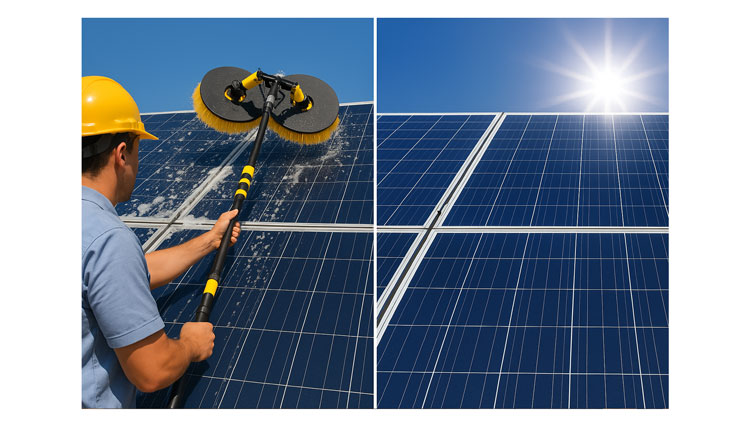
5. Efficiency Impact of Regular Cleaning
Keeping solar panels clean significantly improves energy output. Accumulated dirt, dust, and debris can reduce efficiency by up to 25% in high-pollution areas. Below is a graph illustrating the impact of regular cleaning on solar panel efficiency.
5.1 Solar Panel Efficiency Over Time with and Without Cleaning
Relevant Information: Enhancing Solar Energy Efficiency with the Solar Panel Cleaning Brush
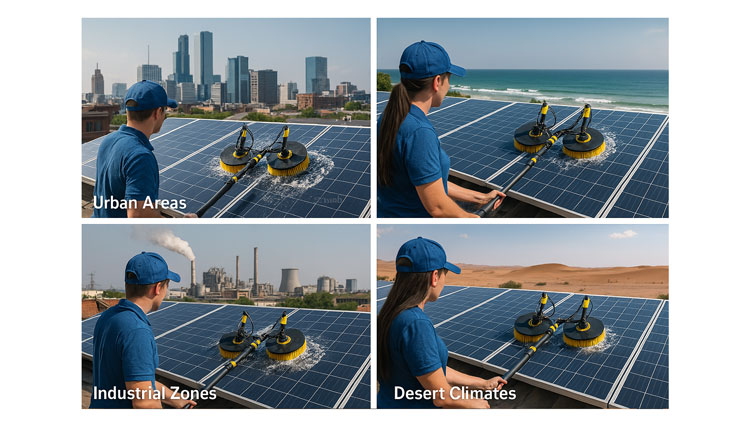
6. Best Cleaning Practices for Different Environments
6.1 Urban Areas
-
High pollution levels require frequent cleaning (every 2-3 weeks).
-
Use a water-fed brush to remove fine dust particles.
-
Avoid harsh chemicals to prevent glass damage.
6.2 Coastal Regions
-
Salt accumulation can corrode metal parts, so use a corrosion-resistant brush.
-
Clean at least once a month to prevent salt buildup.
6.3 Industrial Zones
6.4 Desert Climates
FAQs:

